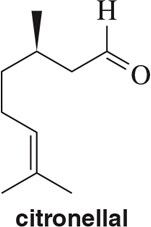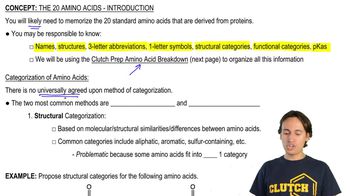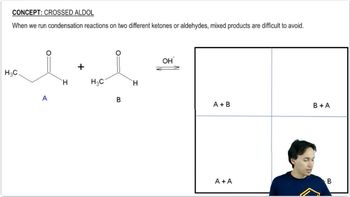Answer the following questions for the molecular orbitals (MOs) of 1,3,5,7-octatetraene:
b. Which are the bonding MOs, and which are the antibonding MOs?

 Verified step by step guidance
Verified step by step guidance Verified video answer for a similar problem:
Verified video answer for a similar problem:



 5:29m
5:29mMaster Definition of Conjugation with a bite sized video explanation from Johnny
Start learning